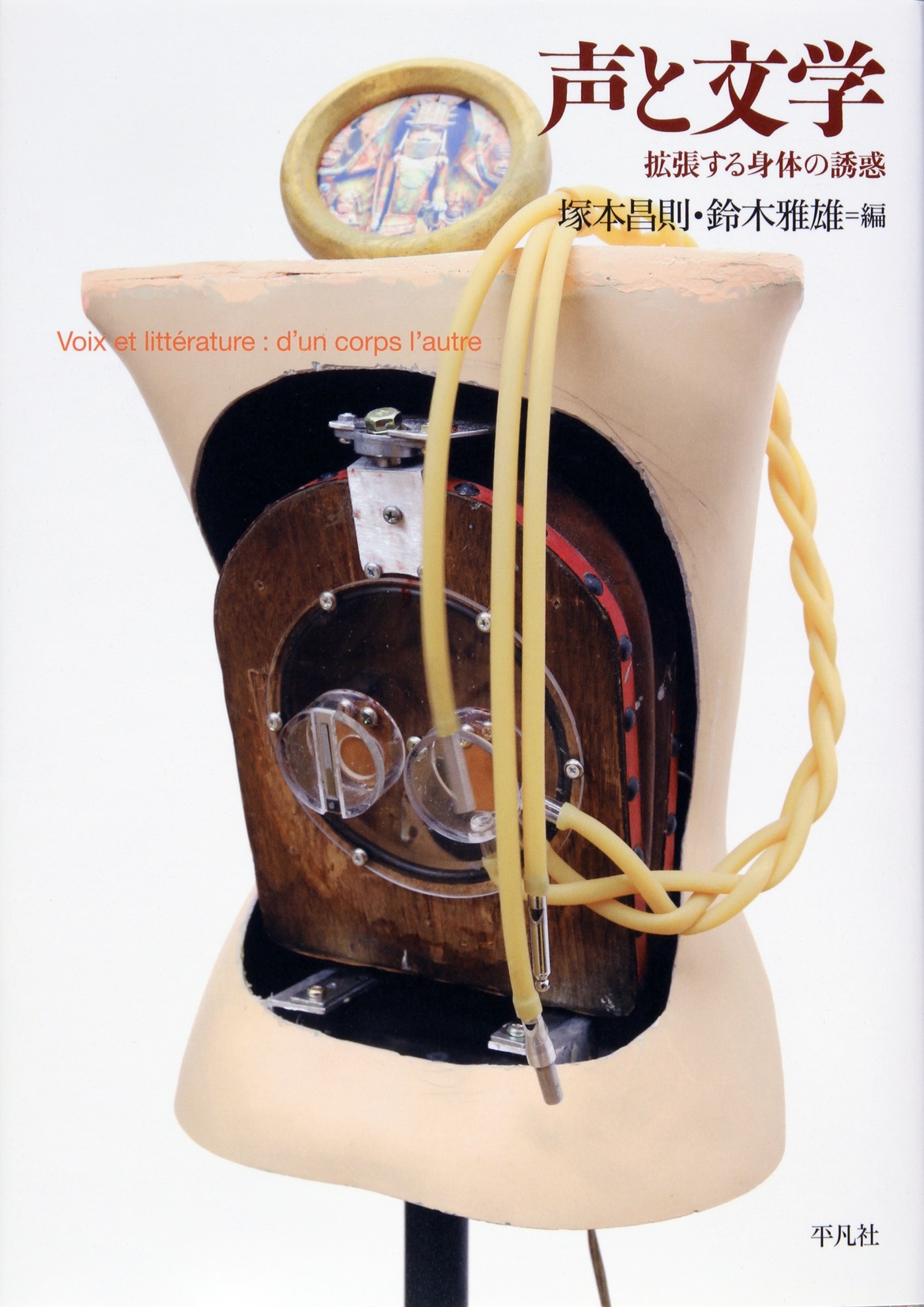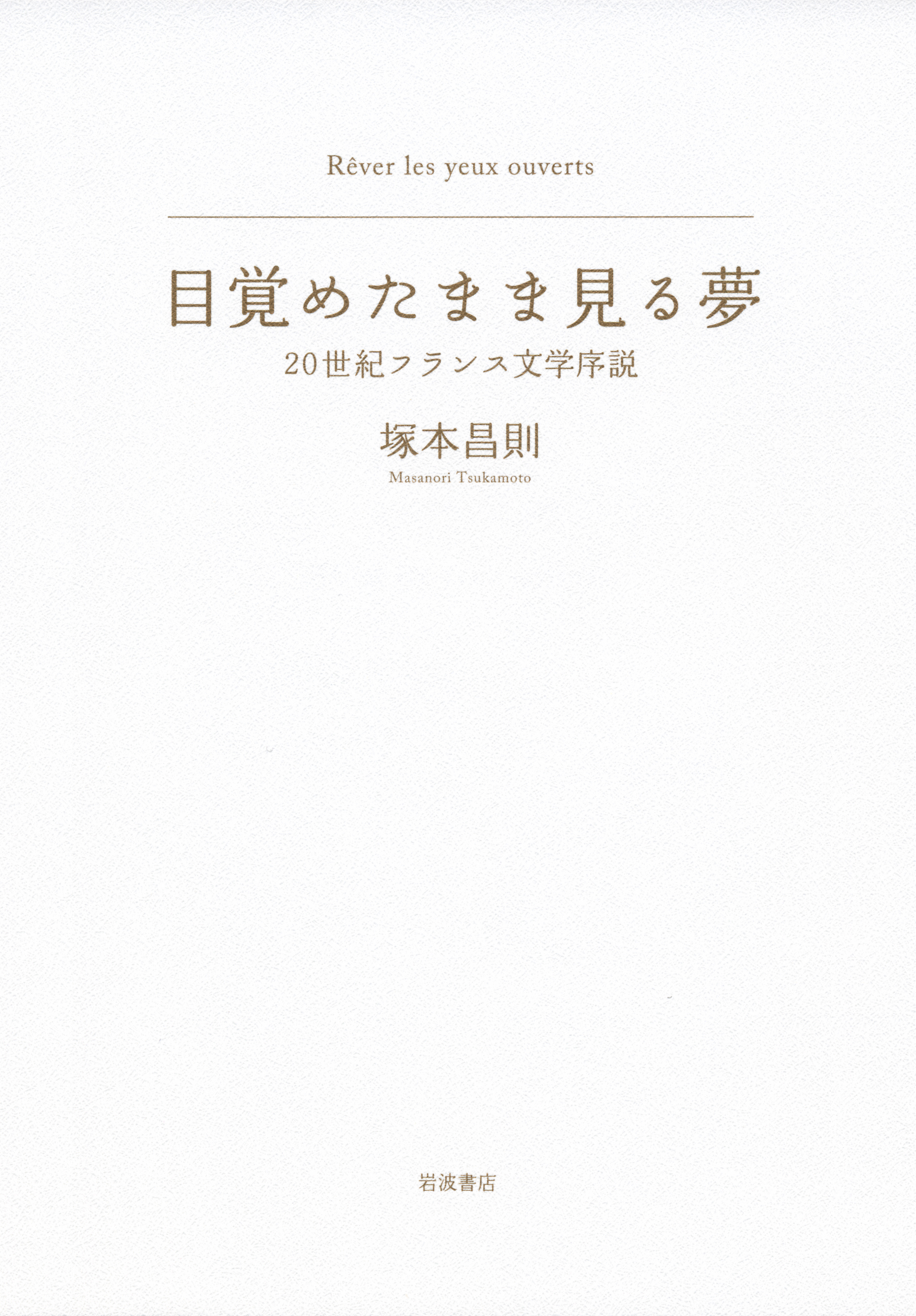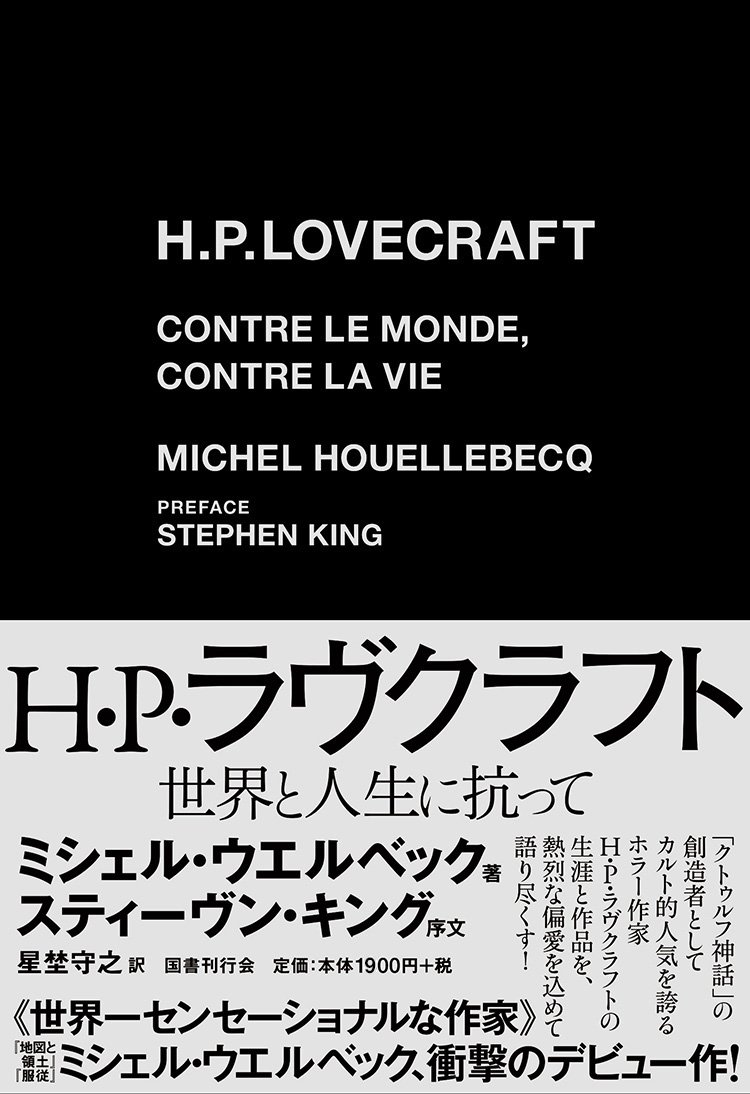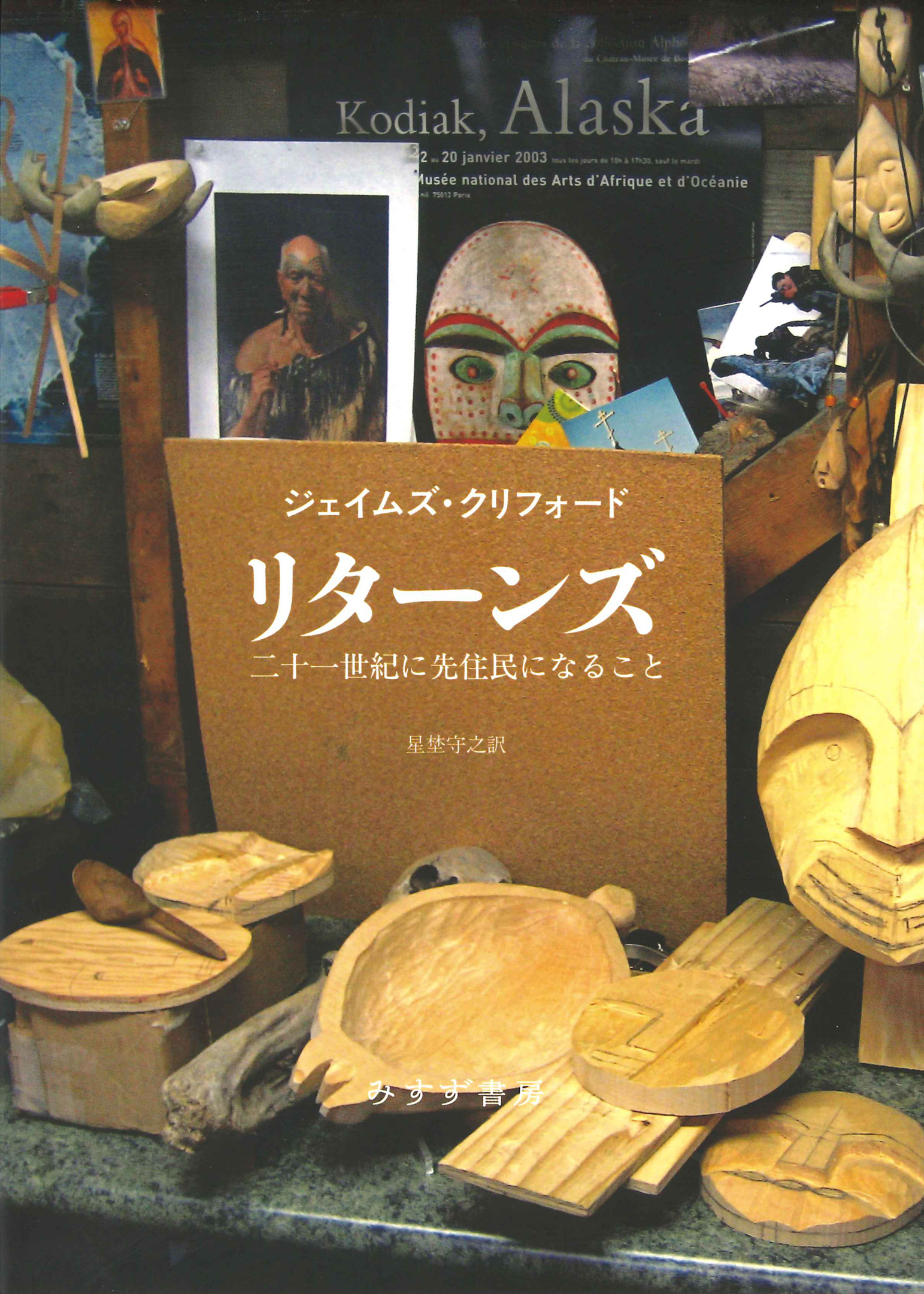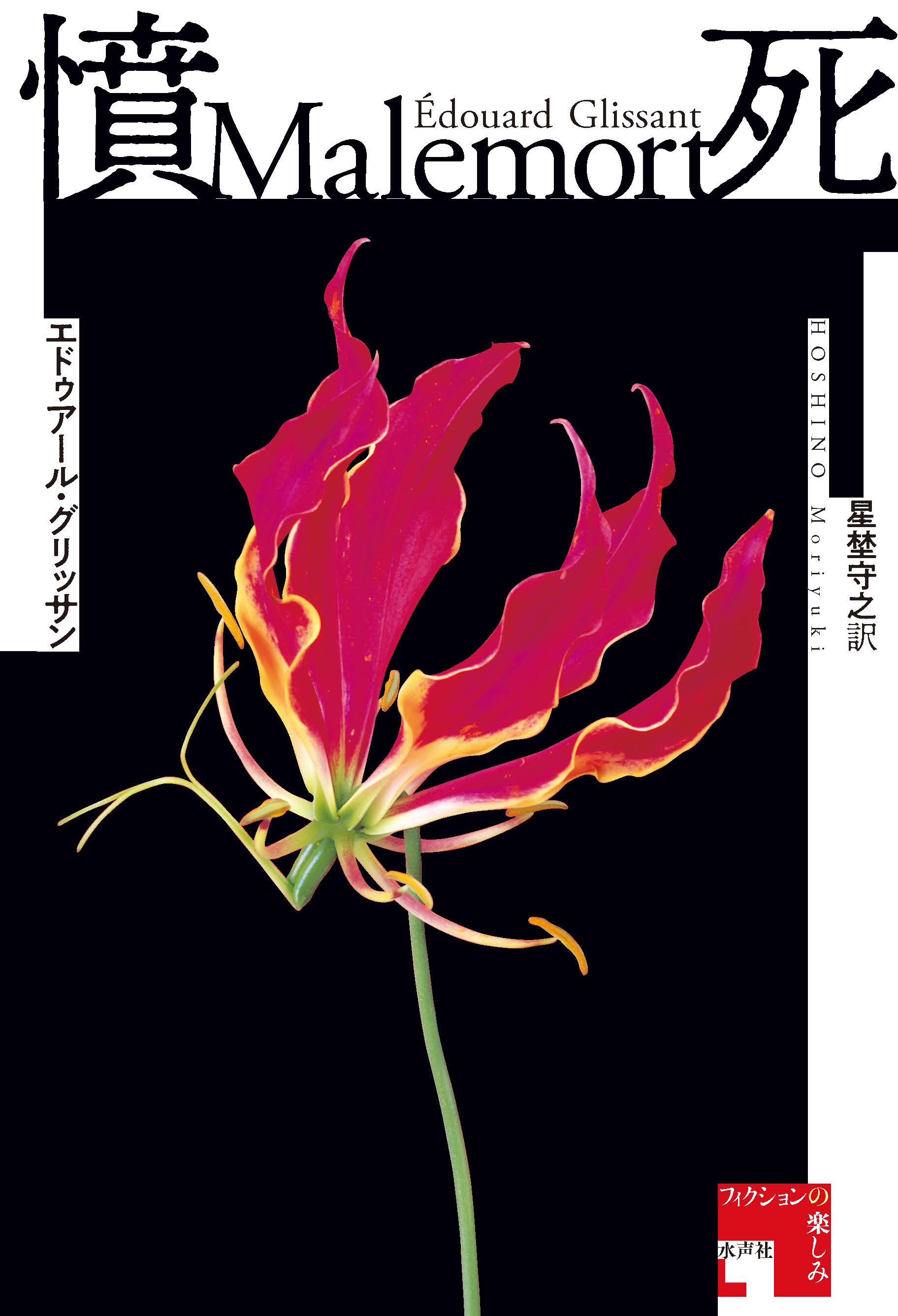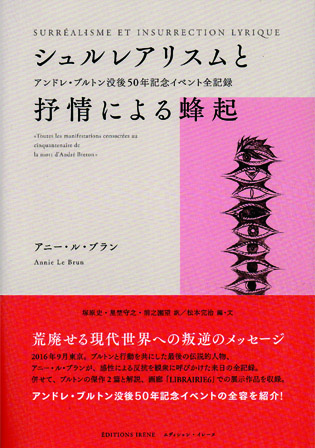
Title
Surrealism to Jojō ni yoru Hōki (Surrealism and Lyric Insurrection: André Breton: A full record of all events held in commemoration of the 50th anniversary of the passing of André Breton)
Size
232 pages, 127x188mm, hardcover
Language
Japanese
Released
July, 2017
ISBN
9784990915735
Published by
Editions Irene
Book Info
See Book Availability at Library
Japanese Page
This book is a compilation centering on the translation into Japanese of a lecture delivered by Annie Le Brun, one of the last members of the Surrealist movement in Paris, when she visited Japan in September 2016, and also including records of related events, and Japanese translations of texts relating to André Breton, who was a leader of the Surrealist movement. I myself acted as interpreter for the lecture “Young Viewers, You are Next to Speak: André Breton from nearby and from a distance” held on September 21 at the Institut Français du Japon, Tokyo, and have undertaken the translation into Japanese of the text version of that same lecture for this book.
When you hear the word “surrealism,” what comes to mind? If you are an art-lover, you may think of the strange images created by persons such as Salvador Dalí and René Magritte, and the word will be very familiar to you. Certainly, there was a period when Dalí and Magritte truly were creating work while in contact with the Surrealist movement in Paris, and the description of a situation removed from reality as “surreal” would seem to be related to the original meaning of the word, which can be understood as referring to going beyond realism. When one investigates the historical facts a little more, the word refers to a movement that was born in Paris in the 1920s—around French Poet André Breton, with people who shared the idea of fundamentally questioning the daily “reality,” using keywords such as “dreams,” “poetry,” “imagery,” and “chance”—as well as to the ideas themselves. The Surrealist Manifesto written by André Breton in 1924, has been published in Japanese by Iwanami Bunko, and I would certainly recommend that Japanese readers read this work.
However, it is surprising how little known it is that in reality the Surrealist movement, which began in the 1920s, continued to exist as an actual group until around the 1970s, maintaining a certain amount of influence. Now (in 2019), the 77 year-old Annie Le Brun, a participant in this movement, is from the last generation who were able to have close contact with André Breton, who died in 1966. Incidentally, although I spoke of the Surrealist movement as questioning daily reality, the nature of the reality that we face has changed significantly between the 1920s and today. When André Breton was 20 years old, Europe was enduring the flames of the First World War. It was also during this period that the Soviet Union came to the stage. However, the reality of the world that we face is very different to his. Armed with ideas taken from surrealism, Annie Le Brun is also speaking to younger generations while confronting the reality of this modern world—including the reality since Fukushima.
(Written by HOSHINO Moriyuki, Professor, Graduate School of Arts and Sciences / 2019)



 Find a book
Find a book


